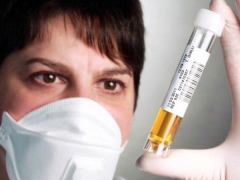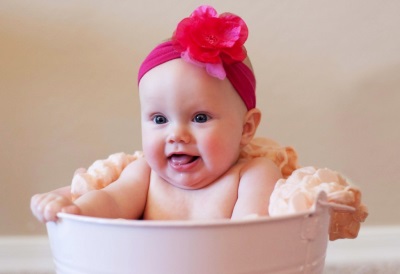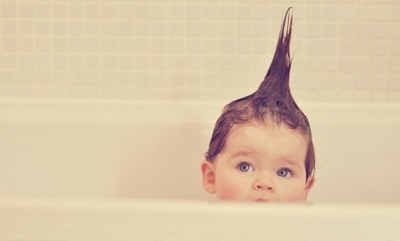Analysis of urine in children according to Kakovsky-Addis
The study of urine in a child according to the Kakovsky-Addis method refers to quantitative samples, which determine the number of red blood cells, cylinders and white blood cells. About others urine tests in a child read in another article.
Indications
Research is conducted, if suspected occurrence:
- Pyelonephritis;
- Urolithiasis;
- Glomerulonephritis;
- Chronic renal failure;
- Polycystic kidney disease.
Special features
The main feature of the method is to collect urine for research during the day. If at general urine analysis or Nechiporenko trial cylinders and blood cells may not be detected or determined incorrectly, since their secretion may change during the day, then the analysis of the Kakovsky Addis will show the dynamics of leukocyte and erythrocyte excretion very well.
How to collect the analysis?
Before collecting each portion of urine should be flushed external genitals. The classical sample provides for collection within 24 hours, but now more often resort to a modified version - collecting urine for 10-12 hours, although it is less accurate.
At bedtime, the child urinates, and the parents mark this time. In the morning 10-12 hours after the time noted on the eve of time, the urine of the child is completely collected and taken to the analysis. If a child has urinated several times during this period, all portions are collected in one container, which is stored in a refrigerator before being sent to the laboratory.
If urine is collected for the whole day, then start collecting from the second urination of the first day, and finish collecting from the first urination of the second day. Also for young children, this sample can be replaced by an analysis using the Amburge method, for which urine should be collected within 3 hours.
Training
On the eve of the study, a meat diet is recommended, and on the day of collection you should slightly limit fluid intake. These measures will help to achieve such acidity and density of the material under study, at which hyaline cylinders will not dissolve.
Normal values
|
Indicator |
Norm |
|
White blood cells |
Less than 2 million |
|
Red blood cells |
Less than 1 million |
|
Cylinders |
Less than 20 thousand |
Causes of deviations
- If the results of the analysis of leukocytes more than the norm, it is a sign of pyelonephritis.
- An excess of red blood cells usually indicates glomerulonephritis, as well as urolithiasis or kidney tumors.
- A large number of cylinders can be a sign of the inflammatory process in the parenchyma of the kidneys, and pyelonephritis.











